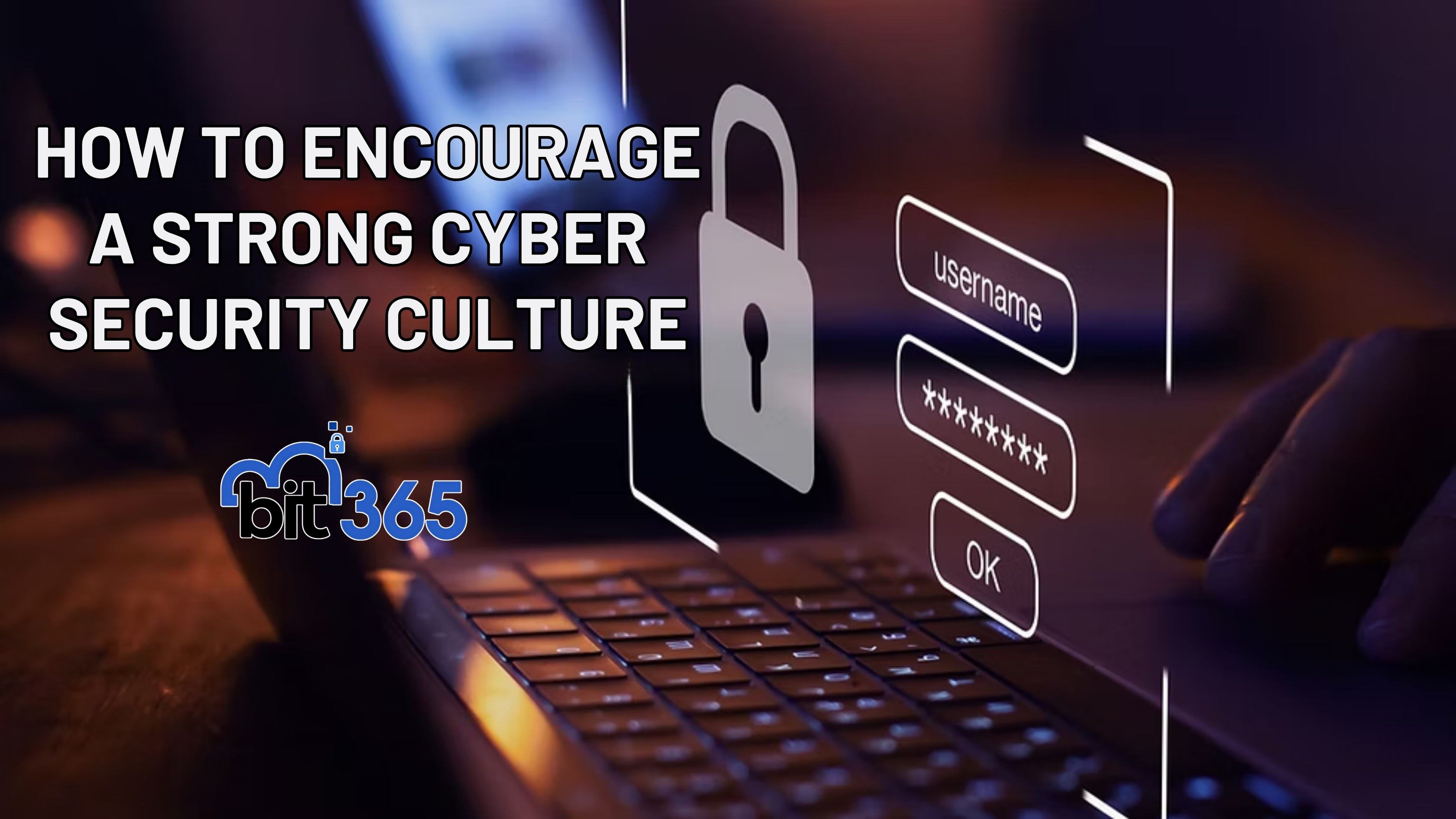
Got IT issues slowing you down? We provide both on-site and remote support across Australia, so help is never far away.
In today’s hyperconnected world, employees access thousands of websites and cloud apps every day — but not all of that traffic is safe or productive. That’s where content filtering steps in.
Content filtering is a critical cybersecurity and productivity tool for businesses of all sizes. It helps control what content users can access on the internet, blocking harmful, inappropriate, or distracting material before it reaches your network or employees’ screens.
Whether you’re a small business or a growing enterprise, implementing content filtering can boost your security posture, ensure compliance, and improve workplace productivity.
Content filtering refers to the process of screening and restricting access to specific types of content on the internet based on set rules or policies. These filters can block websites, keywords, file types, applications, or categories like adult content, gambling, social media, or known malware domains.
Content filtering can be implemented at multiple layers:
Businesses rely on content filtering for several core reasons:
Phishing websites, drive-by downloads, and malicious ads are everywhere. A good content filtering solution blocks access to known dangerous sites before users even click. This drastically reduces the risk of malware, ransomware, or credential theft infiltrating your network.
Let’s face it — time spent browsing non-work-related sites can add up quickly. Content filtering helps keep staff focused by limiting access to time-wasting platforms like gaming sites, video streaming, or social media (unless required for work).
Certain industries like finance, healthcare, and education have regulatory obligations to control access to inappropriate or unsafe content. Content filtering helps ensure compliance with internal policies and industry regulations.
Streaming, downloads, and high-traffic websites can chew through business bandwidth. Filtering helps manage this by limiting high-bandwidth activities, keeping your network fast and responsive.
Here are the most common methods businesses use:
Blocks access to specific websites or entire domains based on a blacklist or custom policy.
Filters by broad categories (e.g., pornography, hate speech, social networking, streaming media, online shopping).
Blocks web pages that contain specific keywords or phrases (e.g., violence, gambling, adult).
Restricts access to specific applications like peer-to-peer file sharing, VPNs, or messaging tools.
Stops users from resolving domains that are known to be unsafe, cutting off threats at the DNS level before the connection happens.
At BIT365, we implement content filtering through advanced cloud-based web security solutions tailored for SMBs. Some of the tools we work with offer:
We ensure every policy aligns with your business goals, risk profile, and industry regulations.
If you’re unsure, ask yourself:
If you answered “yes” to any of the above, it’s time to consider content filtering as a foundational part of your IT security strategy.
Content filtering is more than just blocking dodgy websites. It’s a smart way to secure your business, protect your people, and boost productivity — all while staying compliant with Australian business standards.
At BIT365, we make it easy for business owners to take control of their digital environments. We’ll work with you to set up, configure, and manage a content filtering solution that suits your workplace and industry.
Get in touch with BIT365 to discuss a tailored content filtering solution for your business. We help you stay secure without slowing down your team.

Got IT issues slowing you down? We provide both on-site and remote support across Australia, so help is never far away.
BIT365 offers a full range of managed IT services, including cybersecurity, cloud solutions, Microsoft 365 support, data backup, and on-site or remote tech support for businesses across Australia.
No. While we have a strong presence in Western Sydney, BIT365 supports businesses nationwide — delivering reliable IT solutions both remotely and on-site.
We pride ourselves on fast response times. With remote access tools and on-site technicians, BIT365 can often resolve issues the same day, keeping your business running smoothly.
BIT365 combines local expertise with enterprise-grade solutions. We’re proactive, not just reactive — preventing issues before they impact your business. Plus, our friendly team explains IT in plain English, so you always know what’s happening.
